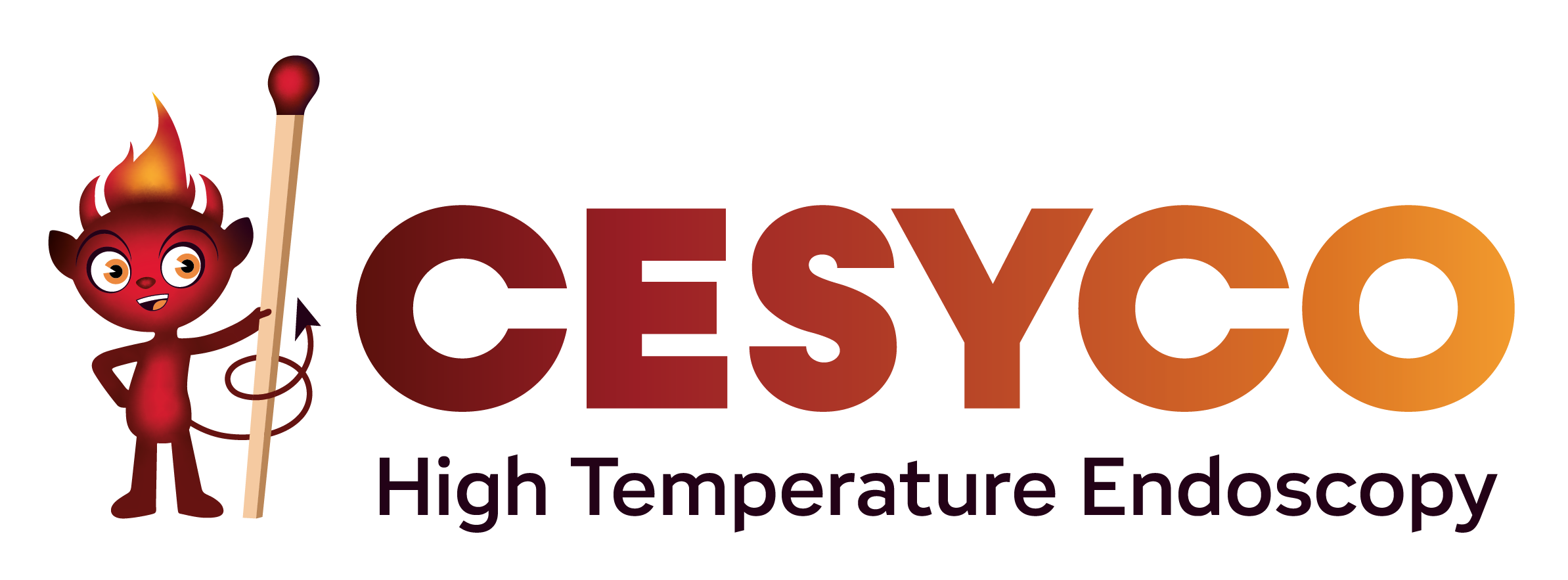Inspections in high-temperature environments, such as industrial furnaces or boilers, represent a unique technical and operational challenge. Here are five key points to help you understand these interventions and their importance.
Extreme conditions require specialized tools
Temperatures in these environments can exceed 2000°C, precluding the use of standard tools. Industrial Endoscopes are designed with heat-resistant materials and equipped with cooling systems (air and water) to operate in these extreme conditions.
Safety is a top priority
These inspections make it possible to assess the condition of installations without exposing operators to unnecessary risks. Endoscopes enable remote inspections, reducing the need for human intervention in hazardous areas such as active furnaces or boilers.
Predictive maintenance, a lever of performance
Regular inspections identify signs of wear or failure before they cause breakdowns. This preventive approach limits costly production stoppages and optimizes the lifespan of industrial equipment.
Light and visibility: major issues
In high-temperature environments, natural light is often insufficient or non-existent. Industrial endoscopes incorporate LED lighting systems to capture clear images, even in areas that are dark or clogged with soot or deposits.
Technology for a wide range of sectors
High-temperature inspections are used in many sectors:
- Glass industry: monitoring burners and refractories.
- Steel industry: slab furnace control to guarantee metal quality.
- Energy: inspection of boiler tubes or incinerators for blockages.
- Cement plant: checking rotary kilns to optimize combustion.
Glass Industry
Furnace without Cullet
Lime and Cement Kilns
Boiler
Sectors that depend on industrial endoscopy :
Verrerie
Inspection des fours verriers pour surveiller la fusion des matières premières et détecter l’usure des réfractaires.
Sidérurgie et métallurgie
Contrôle des brûleurs et des fours à brames pour garantir une production homogène.
Énergie
Diagnostic des chaudières et incinérateurs pour repérer les obstructions et maintenir l’efficacité thermique.
Cimenterie
Vérification des fours rotatifs pour prévenir les blocages et optimiser la combustion.
In Conclusion :
Hot inspections not only ensure the safety of equipment, but also its operational efficiency. When you choose tools like CESYCO’s industrial endoscopes, you’re investing in a reliable, durable solution to meet the challenges of the most demanding environments.

